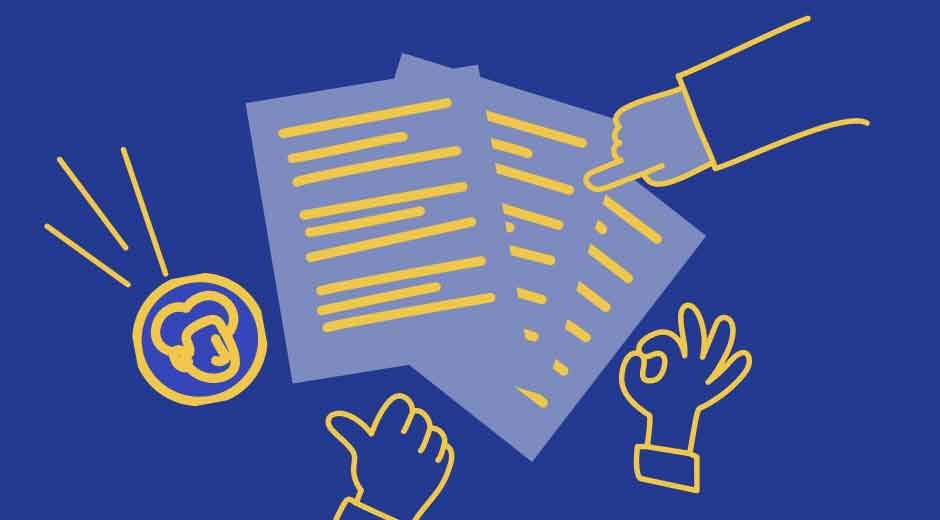What Role Can Onboarding Software Play in Accelerating Team Confidence

Starting a new job brings both optimism and uncertainty. Many employees feel a mix of excitement and pressure during their first week. These early impressions often shape how confident and connected they feel moving forward.
To improve engagement and reduce time-to-productivity, companies should consider onboarding software solutions. These systems streamline workflows, reduce confusion, and provide immediate access to essential tools. With the right structure, new hires feel supported from day one.
Improving First Impressions from Day One
First impressions during onboarding matter more than many realize. A streamlined user interface helps new hires navigate tasks like account setup, compliance acknowledgment, and benefits enrollment without delays. When employees receive accurate information through a single dashboard, they feel more in control from the start.
Clear workflows, smart notifications, and centralized access to materials reduce confusion. This structure avoids the chaos of scattered documents or conflicting messages from multiple team members. New hires begin to feel capable rather than overwhelmed.
Boosting Early Clarity Through Process Consistency
Structured onboarding creates predictable outcomes. Using workflow automation and permission-based access, HR teams can ensure every employee receives tailored, consistent guidance. That reliability builds trust and eliminates the guesswork new hires often face.
Here’s how onboarding platforms improve consistency:
- Deliver pre-built task checklists for each role
- Automate HR document handling with e-signature integration
- Connect support staff through internal assignment tools
Each automated step reinforces a sense of direction. With fewer manual interventions, errors drop and clarity rises.
Encouraging Peer Collaboration Early
Early confidence grows faster when communication tools are in place. Onboarding platforms often integrate with messaging apps and internal wikis, helping employees ask questions in real time. These resources reduce isolation and make new hires feel part of the team.
By enabling peer introductions through user profiles and team channels, the software shortens the social learning curve. Employees gain quicker insight into organizational structure and informal norms. That immediate sense of community encourages participation and reduces hesitation.
Providing Feedback Loops That Build Assurance
Structured feedback loops provide timely support. Onboarding platforms can trigger pulse surveys, manager check-ins, and learning management system reminders at critical points. These moments confirm that employees are on the right track.
Managers can review task completion data and engagement analytics. This allows them to intervene early if confidence begins to slip. Timely course correction keeps momentum going strong.
Creating a Foundation for Long-Term Growth
The onboarding phase doesn’t just fill forms; it sets the tone for future success. With features like modular training paths and LMS integration, platforms give employees room to grow beyond day one. Each completed module becomes a building block for more advanced learning.
Analytics dashboards help HR measure the effectiveness of each onboarding cycle. Insights from this data can improve future workflows and retention strategies. A confident start builds the groundwork for long-term team stability.
To build early trust and reduce ramp-up time, organizations should look closely at onboarding software solutions. When workflows are automated, consistent, and collaborative, new hires adapt faster and perform with greater confidence. A smooth beginning often leads to a stronger, more engaged team.



